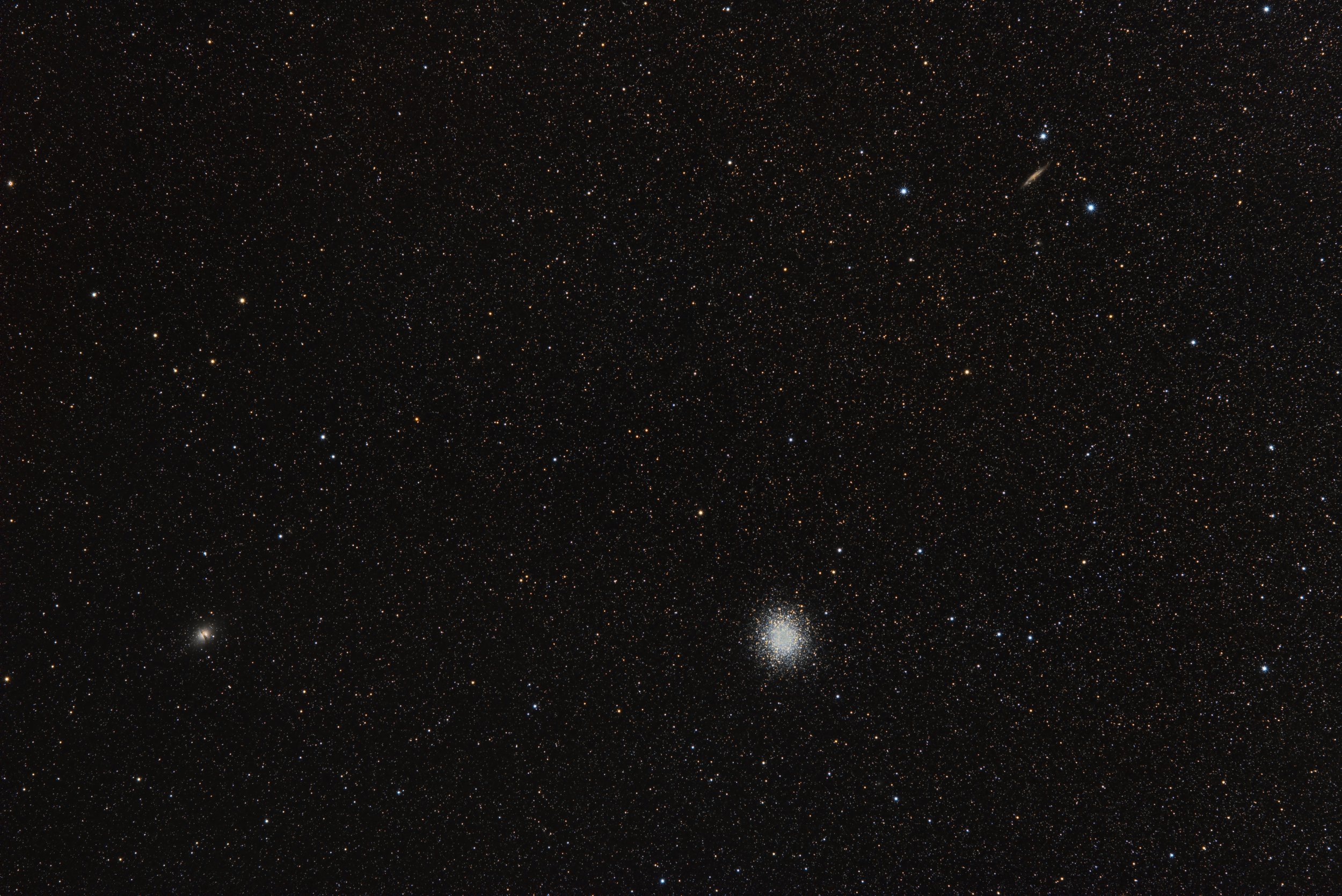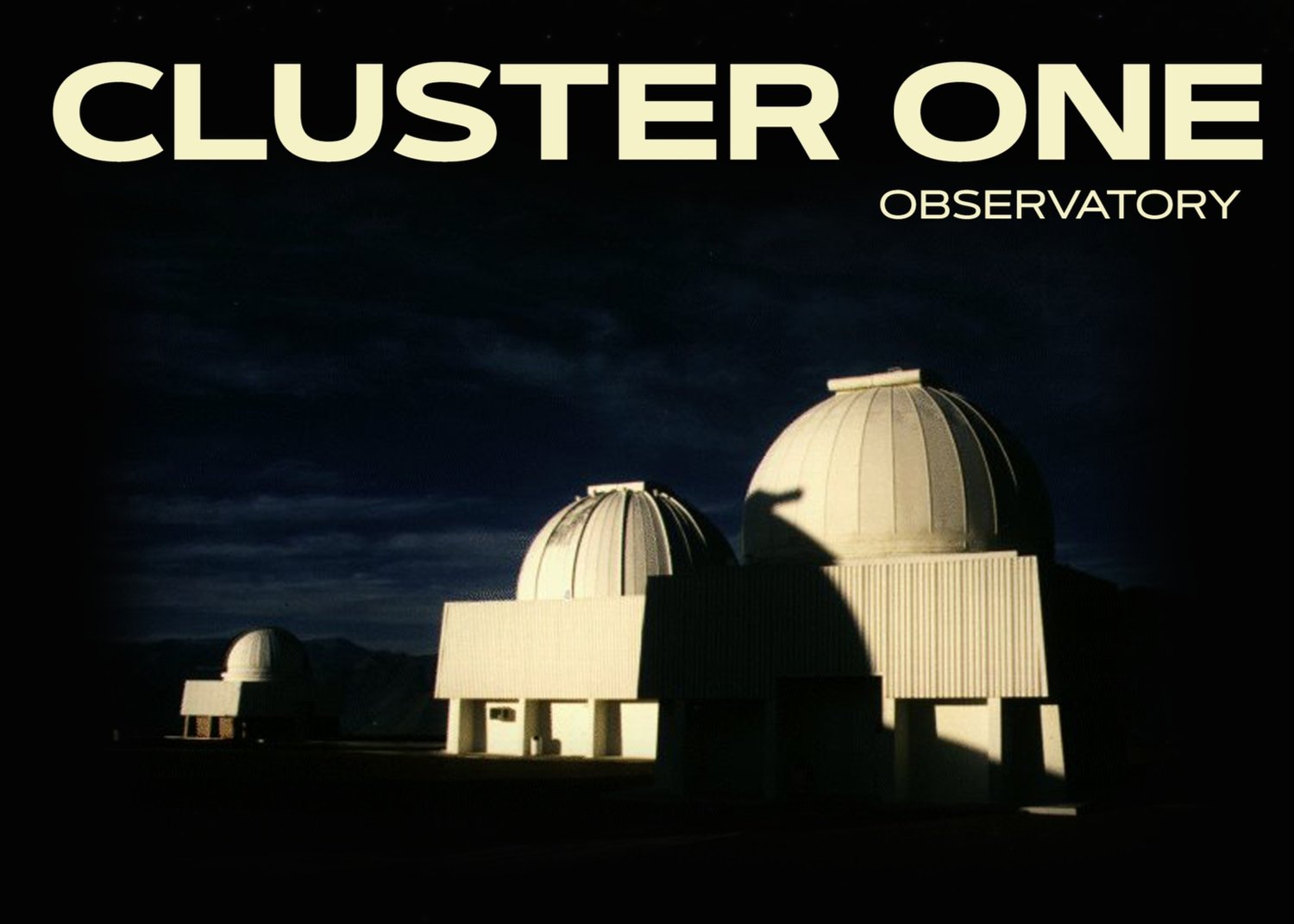
Pre processing
The pre-processing is the first step aiming to obtain a clean and calibrated master light to work during the post-processing stage. This is the actual moment when we make use of the calibration frames (bias, darks, flats) to correct the light frames. During our early days, we used Deep Sky Stacker to pre-process our images but then, we decided to move forward and make use of the PixInsight Weighted Batch Pre-Processing (WBPP) script to generate our master light frame.
Data pre selection
Before going any further into the pre-process, the individual light frames should be carefully examined in order to discard bad ones. By instance, out of 50 light frames observed during the night, some of them might show traces of poor guiding due to wind gusts or, could be a commercial flight just passed between your telescope and your imaging target, leaving that light frame completely useless. Well, those bad frames should be identified and discarded from the pre-processing. To do so, amazing tools in PixInsight are available to batch examine the frames to select the ones that will make it to the next step.
Blink
With this tool, you can cycle through the list of observations to asses their quality. Then simply select the frames that do not qualify for the pre-processing to move them into a special directory (i.e. crap) . Also with the blink tool, you can even create an animation of your image framesSubframe selector
With this tool you can automatically grade your images depending on various criteria. The first step is to measure the data set to then define the criteria to grade good frames from bad frames. I’ll suggest a visit to this page with excellent explanations and examples.
The actual pre process
Basically the pre-processing involves the execution of the following 10 steps:
Stack bias frames to produce a master bias.
Transform this into a noise-free master super-bias.Calibrate dark frames with master super-bias.
Stack these dark frames to produce a master dark.Calibrate flat frames with master super-bias and master dark.
Stack these flat frames to produce a master flat.Calibrate the light frames to stack with the master super-bias, master dark and master flat.
Apply cosmetic correction to the calibrated light frames to stack.
Debayer the light frames if they are color images such as those captured using a one shot color detectors (OSC) or DSLR camera.
Select the best light frames and optimize their weightings.
Register the light frames to stack with each other.
Stack the light frames.
Apply the Drizzle algorithm to produce an end result.
The Weighted Batch Pre-Processing (WBPP) script of PixInsight will greatly simplify the process, integrating the execution of sub-processes to produce the final calibrated light frame that will be then post-processed to create the final image.

